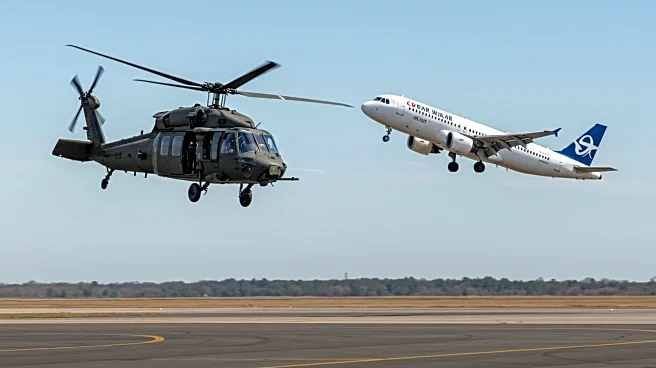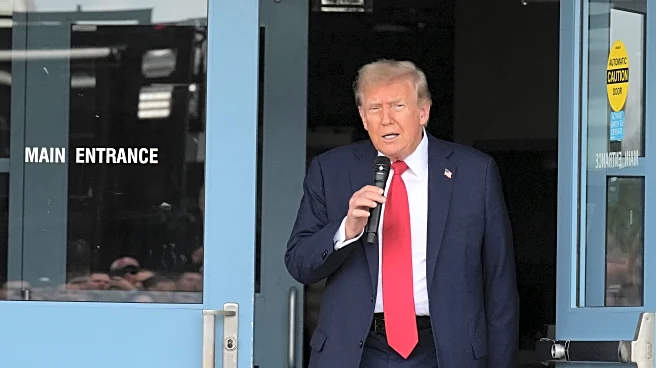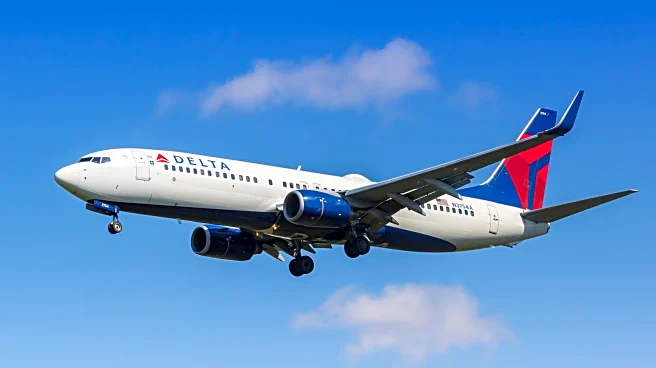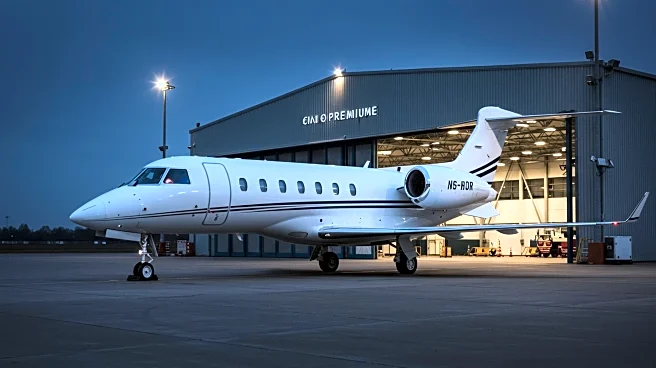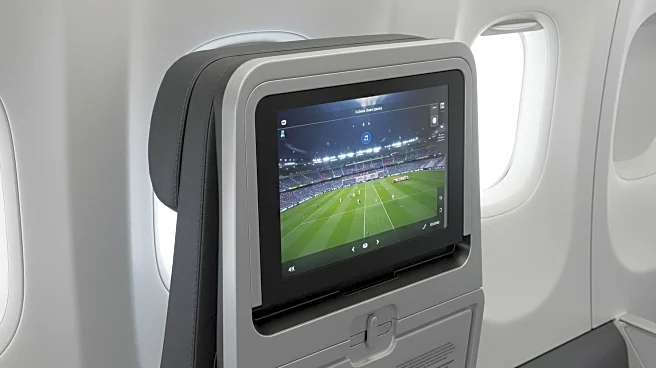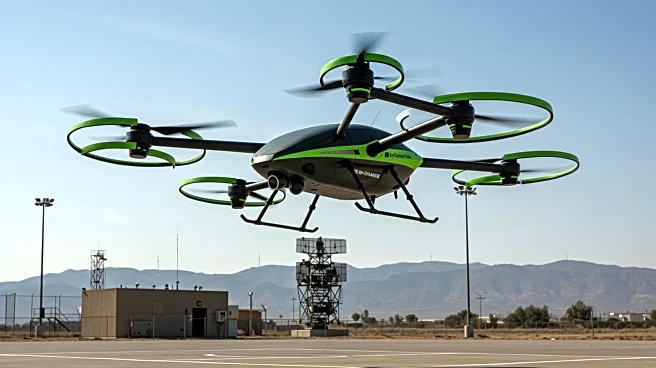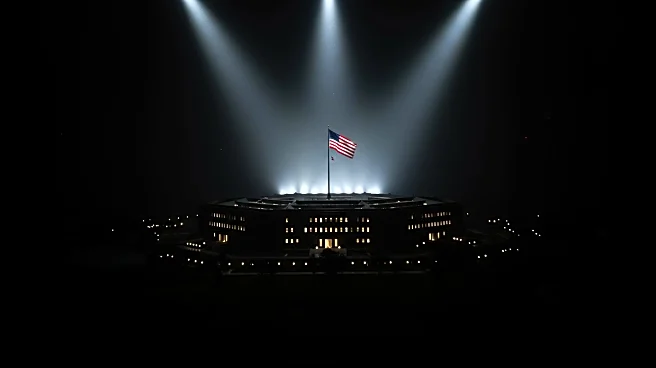What's Happening?
A preliminary report by the National Transportation Safety Board (NTSB) has revealed that an Army Black Hawk helicopter attempted to land at the Pentagon without proper clearance, leading to a close call with a Delta Air Lines regional jet. The incident occurred in May when the helicopter, approaching from the southwest, came within four-tenths of a mile and 200 feet of altitude from the jet, which was landing at Ronald Reagan Washington National Airport. The helicopter's pilots had coordinated with the airport's air traffic control tower, but a separate control facility slotted another Delta plane into the landing sequence, causing the helicopter to attempt a landing without clearance. The airport controller had to instruct the Delta flight to abort its landing. The NTSB report highlights that some controllers were managing multiple positions, including training duties, at the time of the incident. The report does not assign blame but notes that a final report will be issued later.
Why It's Important?
This incident underscores ongoing concerns about air traffic control coordination and military aviation safety. The close call highlights potential risks in airspace management, particularly when military and commercial flights intersect. The NTSB's findings may prompt reviews of air traffic control procedures and military flight operations to prevent future incidents. The aviation industry, including airlines and regulatory bodies, may face increased scrutiny to ensure passenger safety. The incident also raises questions about the training and workload of air traffic controllers, which could lead to policy changes or increased staffing to manage complex airspace more effectively.
What's Next?
The NTSB will continue its investigation, with a final report expected to provide more detailed findings and recommendations. Stakeholders, including the U.S. Army and aviation regulatory bodies, may need to address any identified safety gaps. Potential outcomes could include revised protocols for military flights near commercial airports and enhanced training for air traffic controllers. The aviation community will likely monitor the situation closely, as any changes could impact flight operations and safety standards across the industry.
